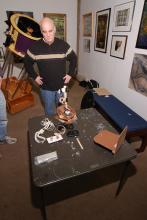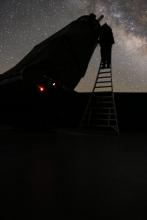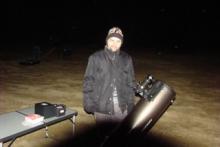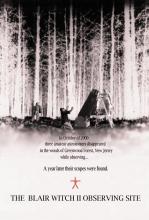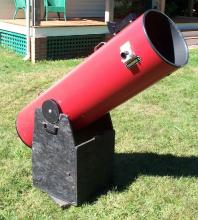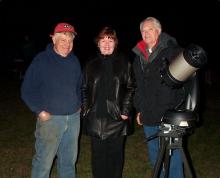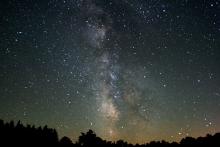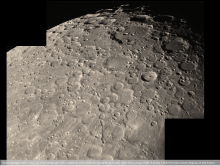Don't miss the meeting, coming up this week!
Feed aggregator
Astronomers uncover methane emission on a cold brown dwarf
Astronomers have discovered methane emission on a brown dwarf, an unexpected finding for such a cold and isolated world. The findings suggest that this brown dwarf might generate aurorae similar to those seen on our own planet as well as on Jupiter and Saturn.
'Tube map' around planets and moons made possible by knot theory
Scientists have developed a new method using knot theory to find the optimal routes for future space missions without the need to waste fuel.
No gamma rays seen coming from nearby supernova
A nearby supernova in 2023 offered astrophysicists an excellent opportunity to test ideas about how these types of explosions boost particles, called cosmic rays, to near light-speed. But surprisingly, NASA's Fermi Gamma-ray Space Telescope detected none of the high-energy gamma-ray light those particles should produce.
Most massive stellar black hole in our galaxy found
Astronomers have identified the most massive stellar black hole yet discovered in the Milky Way galaxy. This black hole was spotted in data from the European Space Agency's Gaia mission because it imposes an odd 'wobbling' motion on the companion star orbiting it. Astronomers have verified the mass of the black hole, putting it at an impressive 33 times that of the Sun.
Physicists solve puzzle about ancient galaxy found by Webb telescope
Physicists solve a puzzle linked to JWST-ER1g, a massive ancient galaxy that formed when the universe was just a quarter of its current age.
Physicists solve puzzle about ancient galaxy found by Webb telescope
Physicists solve a puzzle linked to JWST-ER1g, a massive ancient galaxy that formed when the universe was just a quarter of its current age.
Brightest gamma-ray burst of all time came from the collapse of a massive star
In 2022, astronomers discovered the brightest gamma-ray burst (GRB) of all time. Now, astronomers confirm that a 'normal' supernova, the telltale sign of a stellar collapse, accompanied the GRB. The team also looked for signatures of heavy elements like gold and platinum in the supernova. They found no evidence of such elements, deepening the mystery of their origins.
Stellar winds of three sun-like stars detected for the first time
An international research team has for the first time directly detected stellar winds from three Sun-like stars by recording the X-ray emission from their astrospheres, and placed constraints on the mass loss rate of the stars via their stellar winds.
Exoplanets true to size
A star's magnetic field must be considered in order to correctly determine the characteristics of exoplanets from observations by space telescopes such as Kepler, James Webb, or PLATO. Researchers show that the distribution of the star's brightness over its disk depends on the star's level of magnetic activity. This, in turn, affects the signature of an exoplanet in observational data. The new model must be used in order to properly interpret the data from the latest generation of space telescopes pointed at distant worlds outside our Solar System.
Beautiful nebula, violent history: Clash of stars solves stellar mystery
When astronomers looked at a stellar pair at the heart of a stunning cloud of gas and dust, they were in for a surprise. Star pairs are typically very similar, like twins, but in HD 148937, one star appears younger and, unlike the other, is magnetic. New data suggest there were originally three stars in the system, until two of them clashed and merged. This violent event created the surrounding cloud and forever altered the system's fate.











